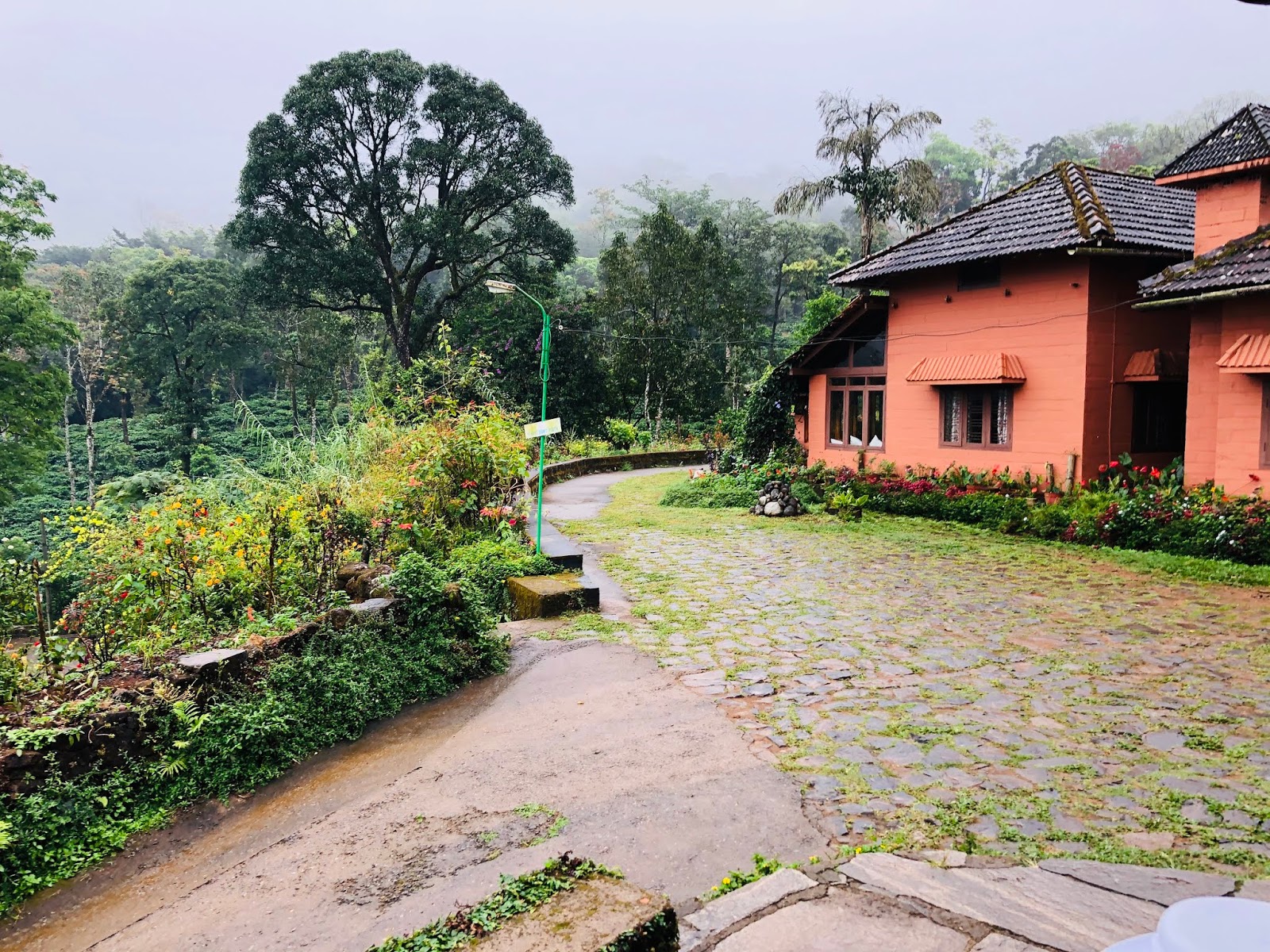From Bin to Garden.
We maintain a lifestyle that'd give out residues in some form, but are we thinking enough about it..? Bengaluru, the place where I was born and brought up; was once a peaceful city with less carbon footprint. But with growing industries and ambitious firms the population has been growing steadily up leading to excessive usage of automobiles, daily needs, luxury items etc.
How many of us choose public transport over personal transport..? We do not even know if there are enough waste management centres around the city to take care of the wet and dry waste produced by millions of people. This is deep and certainly worth thinking.
This seed of thought was put into my head by one of my colleague who witnessed the horrible consequences of improper waste management in a major city of India. What he showed me was a shocking reality of human ignorance and greed. No matter how much the mankind could grow and develop itself for a comfortable living, it is still small in front of the Mother Nature. But we tend to forget this rule and move on.
He gave me a brief introduction on domestic waste management system. Typical home based remedy to convert wet waste into organic manure that can be used to grow plants. There are so many ways to do it, but the effective way is the Anaerobic composting where composting happens without oxygen. This also helps in preventing the decomposing odour during the process.
I felt this is the need of the hour. I could perhaps contribute my bit towards a sustainable environment by adapting this method. So, I did my research on this and started the collecting the wet waste at my home.
Here are the details of the equipment that I have been using for home composting.
Composter: TrustBin
Materials used: Wet waste from home, compost maker and cocopeat powder.
 |
| These bins are customised for anaerobic composting. Composting mixture and cocopeat will be provided with these bins. |
The process is simple:
1: Place the composter in a dry place away from sunlight. Collect all the wet waste from your living space. Wet waste segregation must be carefully done otherwise the results would not be as expected.
Some of the wet waste that I could think of are: vegetable peels, seeds, fruit peels, coffee/tea powder, flowers, cooked veggies, meat leftovers, cooked rice, rotis, breads.
Above said solid waste are eligible for composting where as anything plastic, iron and other items that are non biodegradable are not. Simply for the reason that such materials would not decompose and hence they are categorised as dry waste.
2: Now that you have segregated the wet waste for the day, just add them to the bin and drop in two spoons of composting mix into it and close the bin tightly so that air doesnt peep in.
Repeat this process until the bin is full. It took about 8 days to fill up for an average home like mine.
3: When the bin is full, all you need to do is to wait. Do not open the bin for 15 days until fungus develops and microbes starts to multiply. This is the time the waste gets decomposed.
 |
| Typical texture of solid wet waste after two weeks of decomposition. The white layer formed on the waste indicates its good for second cycle of composting. |
4: The next step is to transfer the partly decomposed waste to a dry bucket and mix it with cocopeat powder for Organic compost. Believe me, this is a bit smelly process but I guess you really cant help it..! The microbes are intelligent enough to hog on to the dry waste while the liquid settles at the bottom. That liquid will act as liquid fertiliser which is highly concentrated.
 |
| Liquid Fertilizer. This needs to be mixed with water in 1:3 ratio and sprayed to the plants. |
 |
| Partly decomposed waste before mixing with cocopeat powder and covered completely. |
5: The covered container (mixture of composing waste and cocopeat powder) must be kept under shade for at-least a month so that composting completes its process.
This is how it looks when it is ready. The solid compost can be further sieved for a granular/powdery texture which is enough for potting plants.
 |
| Solid and Granular form of domestic compost. |
The solid compost can further be included in the next cycle of composting since the active microbes act on it faster than the previous cycle.
 |
| Organically produced Compost mixture ready to be spread in the garden. |
6: Results: I have been practising this method from past 6 months and I could see the end results are extremely fruitful, rather flower-full. While this method of composting is self sufficient for a typical home garden, there are big composting pits and bins kept in apartment complex that produces large amount of organic compost.
 |
| The results of organic composting. |
This initial investment of 2000 INR do not disappoint returns on a daily basis. Since I have a home garden it makes more sense to produce the compost at home instead of buying them from outside. I can assure you, this process would barely take 10 mins from your busy schedule and its totally worth it.
The end results are intensely satisfying...!
I feel happy for the reason that am not adding up my home wet waste to the landfills but infact converting the same as a survival food for the plants.
I hope this post encourages you to practice home based composting for a better environment.
Happy Gardening..!



Comments
Post a Comment